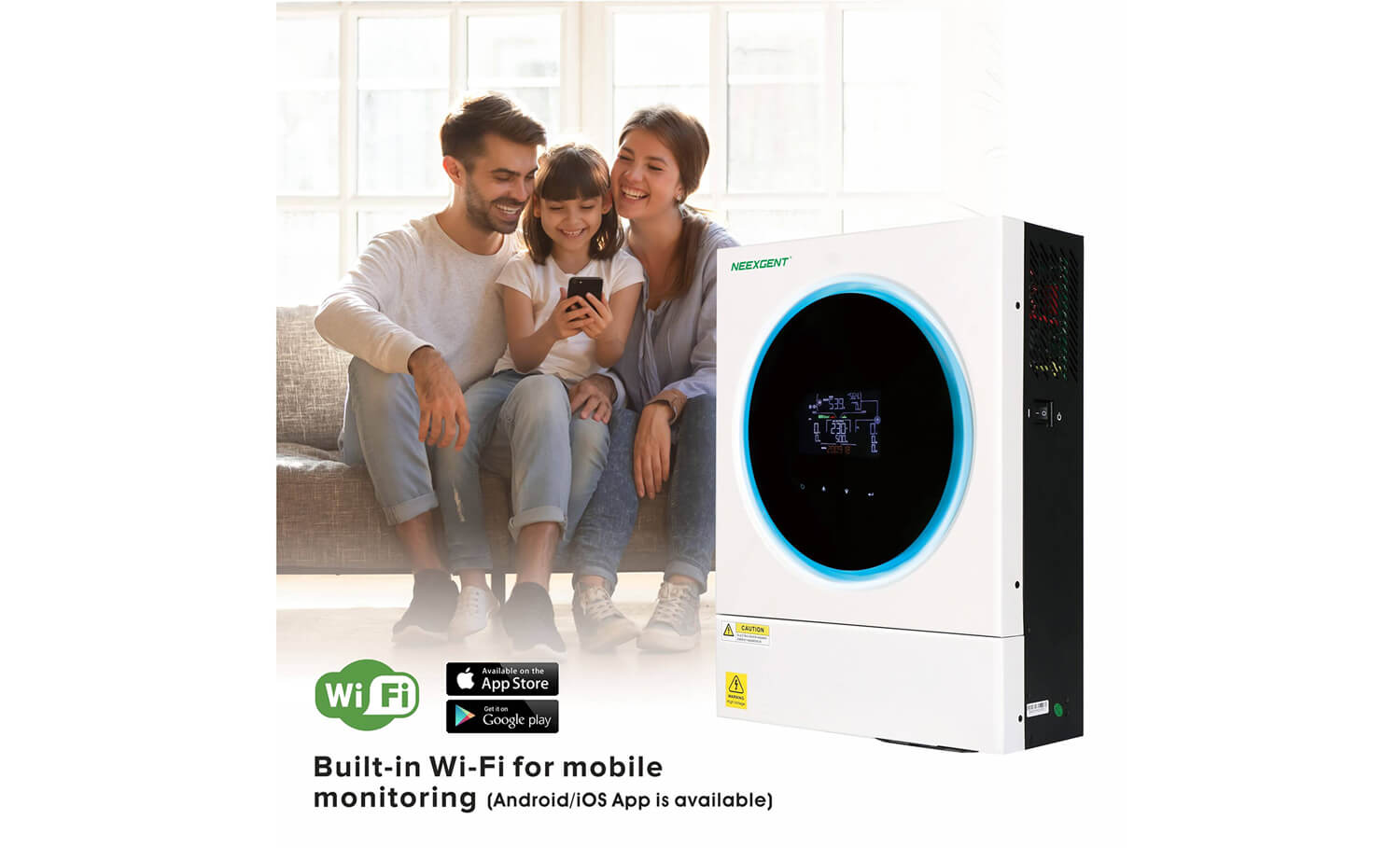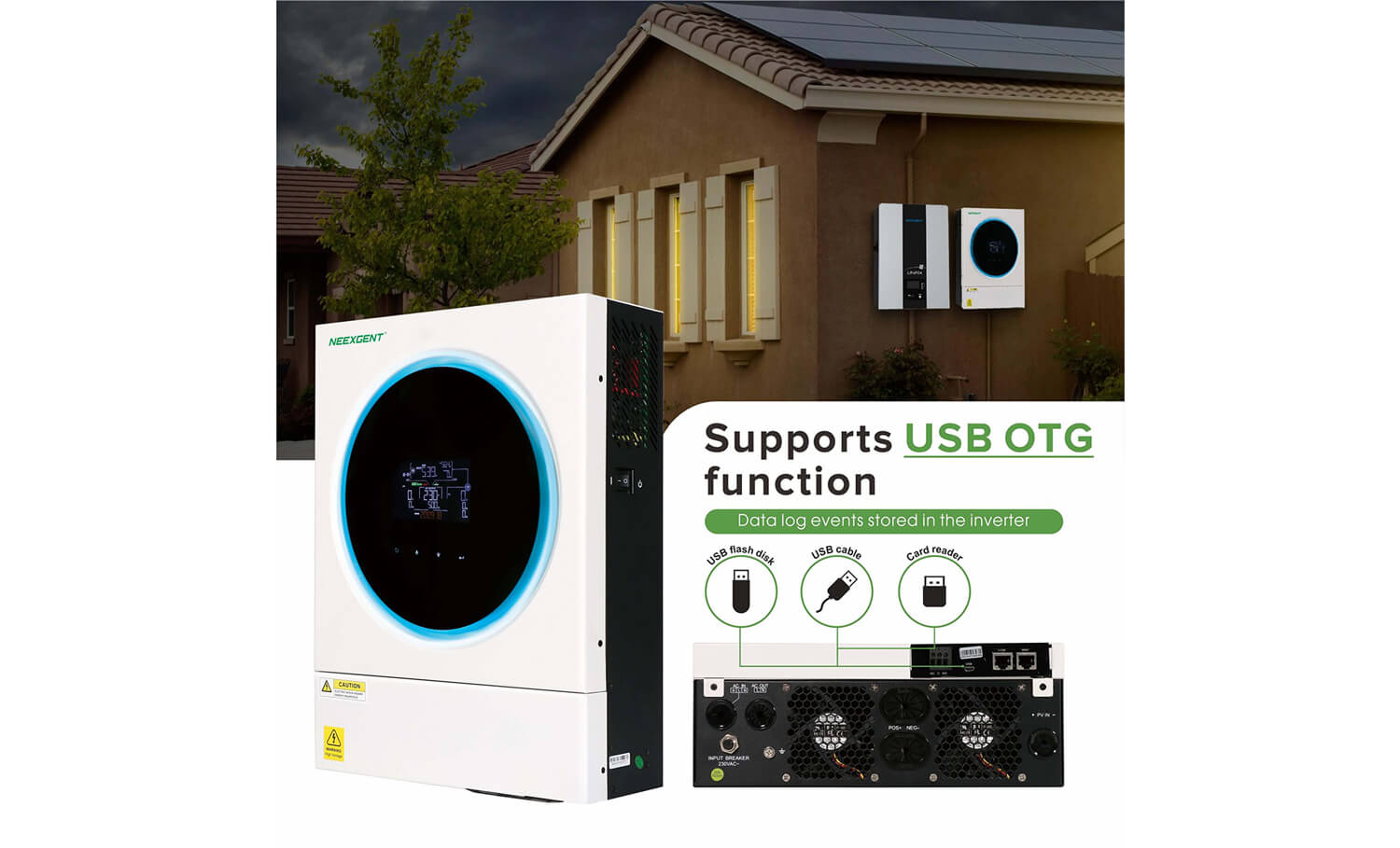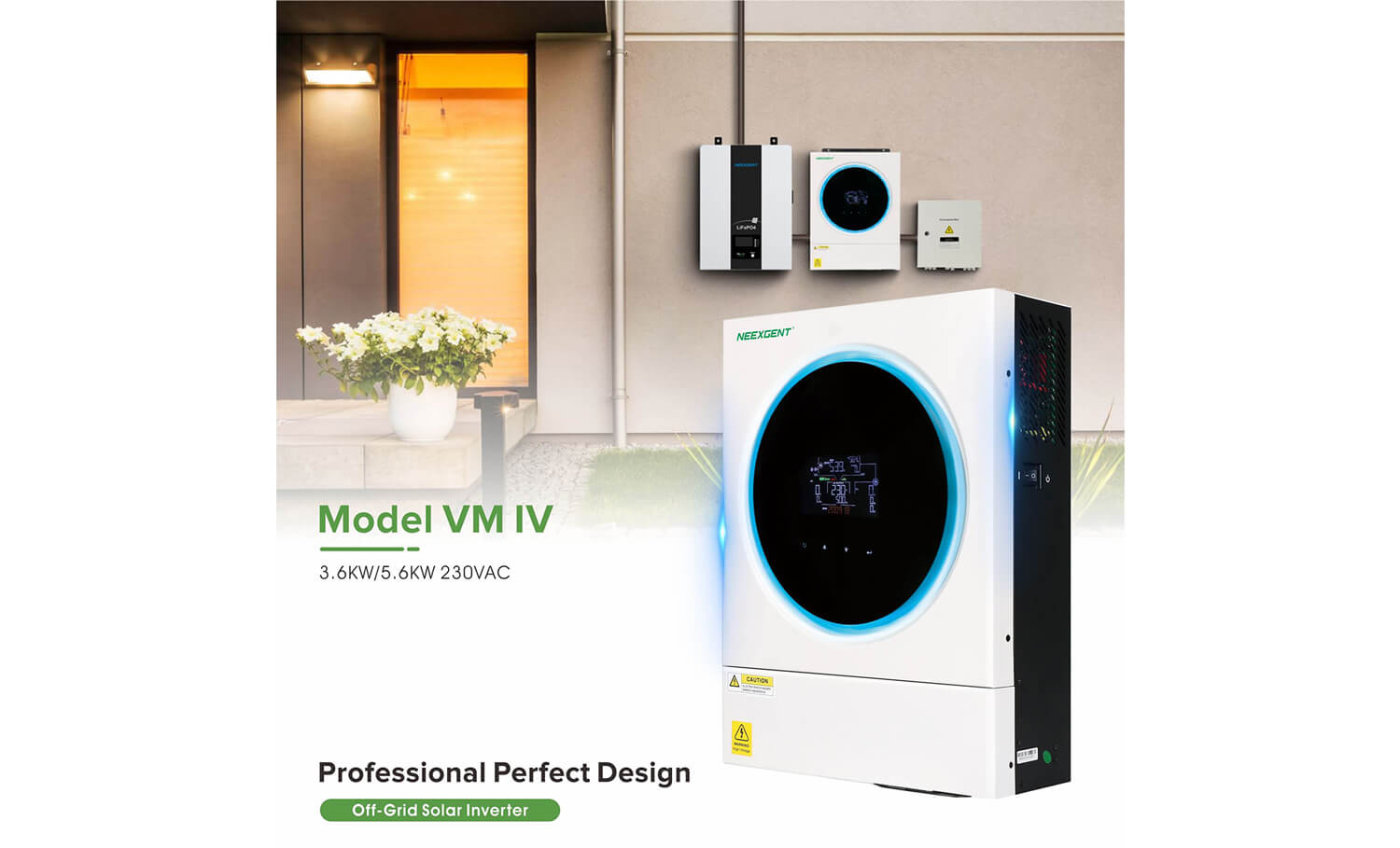
1. Conversion Process and Output
Solar inverters are essential components of solar energy systems that convert direct current (DC) electricity generated by solar panels into alternating current (AC) electricity that can be used to power homes or fed back into the grid. One key aspect that sets apart Single Phrase and 3 Phrases solar inverters is the conversion process and output they provide.
Single Phrase solar inverters employ a one-step DC to AC conversion process. When solar panels generate electricity in the form of DC, Single Phrase inverters convert it into AC electricity in a single conversion step. This simpler design typically results in a straightforward output with a single voltage level that is suitable for most residential and small-scale applications.
On the other hand, 3 Phrases solar inverters utilize a more complex multi-level conversion process. In this design, the DC electricity generated by solar panels is converted into multiple intermediate voltage levels before being converted into AC electricity. This multi-level approach allows for more precise and optimized conversion, resulting in higher efficiency and improved performance in varying environmental conditions.
The output of Single Phrase solar inverters typically consists of a single voltage level that is consistent across all connected solar panels. This makes them relatively simpler to install and manage, but may result in limitations in optimizing energy production from multiple panels or managing varying shading scenarios.
In contrast, 3 Phrases solar inverters are capable of producing multiple output voltage levels. This allows them to better manage the varying voltage levels of different solar panels, which can be beneficial in installations with panels of different orientations or shading conditions. The ability to manage different voltage levels makes 3 Phrases inverters more adaptable and flexible in optimizing energy production, resulting in improved performance and efficiency.
The conversion process and output are key differences between Single Phrase and 3 Phrases solar inverters. While Single Phrase inverters offer a simpler design with a single-step conversion process and consistent output voltage level, three-sentence inverters employ a more complex multi-level conversion process and are capable of producing multiple output voltage levels, providing greater flexibility and adaptability in managing varying solar panel conditions.

2. System Efficiency and Performance
The efficiency and performance of solar inverters play a crucial role in determining the overall energy production and system performance of a solar energy system. When comparing Single Phrase and 3 Phrases solar inverters, there are significant differences in terms of system efficiency and performance.
Single Phrase solar inverters may have limitations in efficiency due to their simpler design and one-step conversion process. The efficiency of a solar inverter refers to the percentage of DC electricity generated by solar panels that is converted into AC electricity. While Single Phrase inverters can have reasonable efficiency levels, they may not be as efficient as 3 Phrases inverters, especially under varying environmental conditions or shading scenarios.
In contrast, 3 Phrases solar inverters typically offer higher efficiency due to their complex multi-level conversion process. This multi-level approach allows for more precise and optimized conversion, which can result in improved efficiency even in challenging conditions such as partial shading or changing weather conditions. Higher efficiency translates into higher energy production and better overall performance of the solar energy system.
The performance of a solar energy system depends on the ability of the solar inverter to manage varying conditions and deliver consistent electricity output. Single Phrase solar inverters may have limitations in performance due to their simpler design and lack of advanced features.
3 Phrases solar inverters, on the other hand, are often designed with advanced features such as maximum power point tracking (MPPT) and voltage management capabilities. These features allow them to better adapt to varying solar panel conditions, optimize energy production, and deliver consistent electricity output even in challenging situations. This improved performance can result in higher energy yield and better overall system performance, especially in large-scale installations or commercial applications.
The system efficiency and performance are significant differences between Single Phrase and 3 Phrases solar inverters. While Single Phrase inverters may offer reasonable efficiency and performance, three-sentence inverters typically provide higher efficiency and improved performance due to their advanced design and features. The choice between these two types of inverters should be based on the specific requirements and scale of the solar energy system.

3. Flexibility and Adaptability
Flexibility and adaptability are important factors to consider when comparing Single Phrase and 3 Phrases solar inverters. These aspects refer to the ability of the inverters to adapt to different solar panel configurations, manage varying voltage levels, and provide flexibility in system design and installation.
- Solar Panel Configurations:
Single Phrase solar inverters typically have limitations in managing different solar panel configurations. They may be suitable for installations with uniform panel orientations or minimal shading scenarios, but may face challenges in optimizing energy production in installations with panels of varying orientations or shading conditions. This can result in reduced energy yield and lower overall system performance.
On the other hand, 3 Phrases solar inverters are designed with advanced features such as independent MPPT (Maximum Power Point Tracking) for each input channel. This allows them to better manage different solar panel configurations, optimize energy production from panels with varying orientations or shading, and adapt to changing environmental conditions. This improved flexibility in managing different panel configurations makes 3 Phrases inverters more adaptable and suitable for installations with varying panel orientations or shading scenarios.
Single Phrase solar inverters typically provide a single output voltage level that may not be ideal for managing different voltage levels from various solar panels. This can result in limitations in system design and installation, especially in installations with panels that produce different voltage levels.
In contrast, 3 Phrases solar inverters are capable of managing different voltage levels from multiple solar panels. This allows for better voltage management, especially in installations with panels that produce varying voltage levels due to different orientations, shading, or other factors. The ability to manage different voltage levels makes 3 Phrases inverters more flexible in system design and installation, allowing for optimized energy production and improved system performance.
- System Design and Installation:
The flexibility and adaptability of solar inverters can also impact the system design and installation process. Single Phrase solar inverters may offer a simpler design with fewer features, which can result in limitations in system design options and installation configurations.
On the other hand, 3 Phrases solar inverters with their advanced features and capabilities provide more flexibility in system design and installation. They can be integrated into larger systems, and their adaptability to varying panel configurations and voltage levels allows for greater design flexibility, customization, and optimization based on the specific requirements of the solar energy system.








